SRM系统成本模型构建
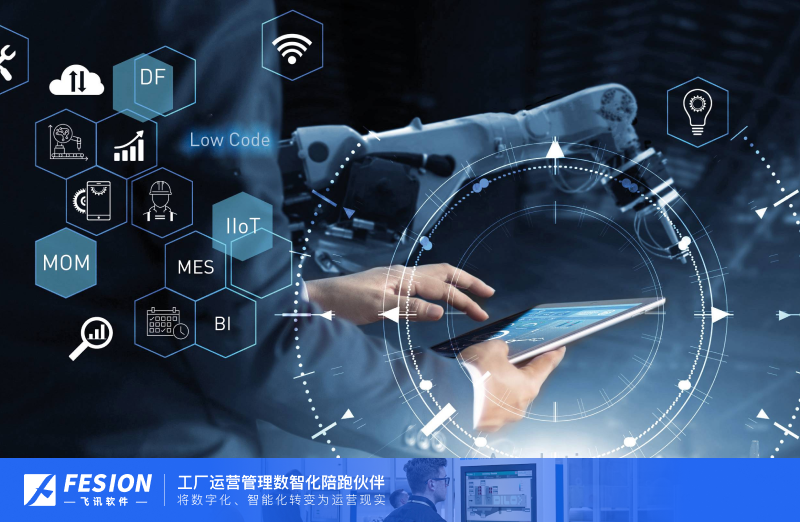
SRM系统成本模型构建
Abstract:
The Supplier Relationship Management (SRM) system is widely used in many organizations to enhance supplier performance and optimize the procurement process. However, implementing an SRM system requires careful consideration of the associated costs. This article explores the construction of a cost model for SRM system implementation, aiming to provide insights and guidance for organizations in estimating and managing the expenses involved.
1. Introduction
In today's dynamic business environment, organizations are increasingly focusing on building strong relationships with their suppliers to drive operational efficiency, reduce costs, and improve overall performance. The implementation of an SRM system can play a crucial role in achieving these objectives.
However, organizations need to carefully evaluate the costs associated with implementing an SRM system. This includes not only the initial investment but also ongoing maintenance, training, and support costs. A comprehensive cost model can help organizations estimate and manage these expenses effectively.
2. Components of the SRM System Cost Model
Developing a cost model for an SRM system involves considering various components that contribute to the overall implementation costs. These components can be categorized as follows:
2.1 Software Licensing Costs
The first component to consider is the cost associated with acquiring the necessary software licenses for the SRM system. This may include one-time license fees or recurring subscription costs, depending on the organization's preference and the vendor's pricing model.
2.2 Implementation and Customization Costs
Implementing an SRM system often requires customization to align with the organization's specific requirements. This customization may involve configuring workflows, integrating with existing systems, and designing user interfaces. The cost of implementation and customization should be carefully estimated by considering the complexity and scope of the required modifications.
2.3 Training and Change Management Costs
To ensure a smooth transition and adoption of the SRM system, organizations need to invest in training their employees and stakeholders. This includes training on system usage, process changes, and best practices. Change management activities, such as communication and stakeholder engagement, are also essential and should be accounted for in the cost model.
2.4 Maintenance and Support Costs
Once the SRM system is implemented, ongoing maintenance and support are necessary to keep the system running smoothly. This includes resolving software issues, providing user support, and implementing system updates and upgrades. Organizations should consider the long-term maintenance and support costs when constructing the cost model.
3. Estimating SRM System Costs
Estimating the costs of an SRM system implementation requires a structured approach. Here are some steps to consider:
3.1 Assessing Requirements
Organizations should assess their specific requirements and objectives for implementing an SRM system. This includes understanding the desired functionalities, integration needs, and expected business outcomes. By clarifying these requirements, organizations can better estimate the associated costs.
3.2 Vendor Evaluation
Evaluating potential vendors is crucial in estimating the costs accurately. It is essential to gather information about licensing fees, implementation services, customization options, and ongoing support packages offered by different vendors.
3.3 Cost Breakdown
Break down the estimated costs into the different components mentioned earlier. This will help organizations have a clear view of the financial implications associated with each component and enable effective cost management.
3.4 Sensitivity Analysis
Performing sensitivity analysis can help organizations understand the impact of potential changes in key cost drivers. By identifying the most significant cost drivers, organizations can focus their attention on optimizing those areas and minimizing overall expenses.
4. Managing SRM System Costs
Once the SRM system is implemented, ongoing cost management is crucial to ensure the system's continuous effectiveness and value. Here are some tips for managing SRM system costs:
4.1 Regular Performance Evaluation
Organizations should regularly evaluate the performance of their SRM system to identify any areas of improvement or inefficiency. By addressing these issues promptly, organizations can avoid unnecessary costs and maximize the system's benefits.
4.2 Utilize User Feedback
Gathering feedback from system users can provide valuable insights into areas that require enhancements or additional training. By listening to user feedback and taking appropriate actions, organizations can enhance user satisfaction and reduce the risk of costly errors or inefficiencies.
4.3 Stay Up-to-Date with Vendor Updates
Vendors often release updates and new features for their SRM systems. Staying informed about these updates can help organizations take advantage of new functionalities and improvements. It is essential to assess whether these updates align with the organization's objectives and carefully consider the associated costs before implementing them.
4.4 Continuous Training and Support
Ongoing training and support for system users are crucial for maximizing the benefits of an SRM system. By investing in continuous training and support, organizations can ensure that employees are equipped with the necessary knowledge and skills to utilize the system effectively.
5. Conclusion
Constructing a comprehensive cost model for an SRM system is essential for organizations considering its implementation. By carefully estimating and managing the associated costs, organizations can make informed decisions and maximize the value derived from the SRM system. With the right cost model in place, organizations can achieve enhanced supplier performance, improved procurement processes, and ultimately, a competitive advantage in today's dynamic business landscape.
飞讯软件成立于2006年,拥有自主研发低码开发平台。是一家集“营销、制造、采购”全链路数智化工厂定制方案商和服务商。产品服务:数字化车间、互联工厂和链主工厂。公司以MRO、ERP、MES、WMS、CRM、SRM等产品为基础,为客户提供数智化工厂整体方案规划和落地陪跑服务,服务范围覆盖珠三角和长三角地区。致力于帮助客户创立切合实际场景、可传承、可创新的数字化运营体系,解决“流程信息化、管理数字化和决策智能化”等问题,为不同企业、不同阶段实现不同的经营目标。


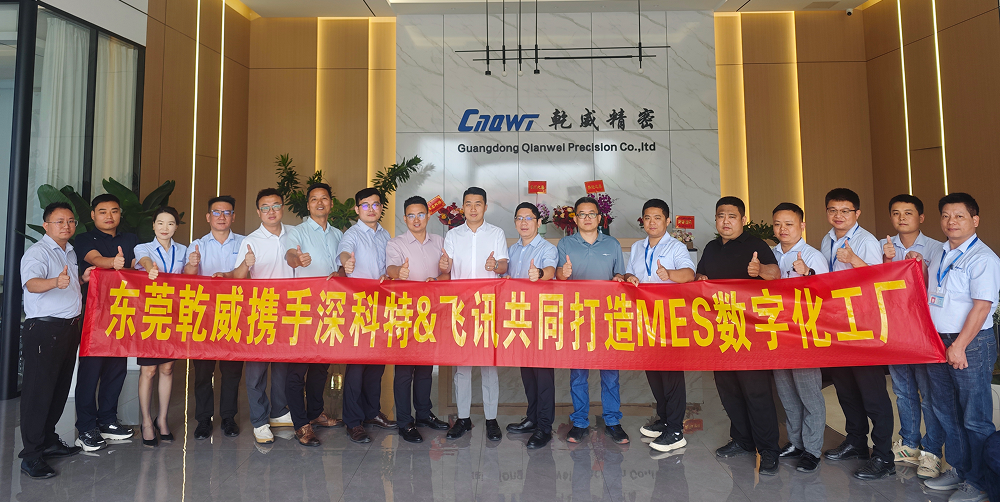







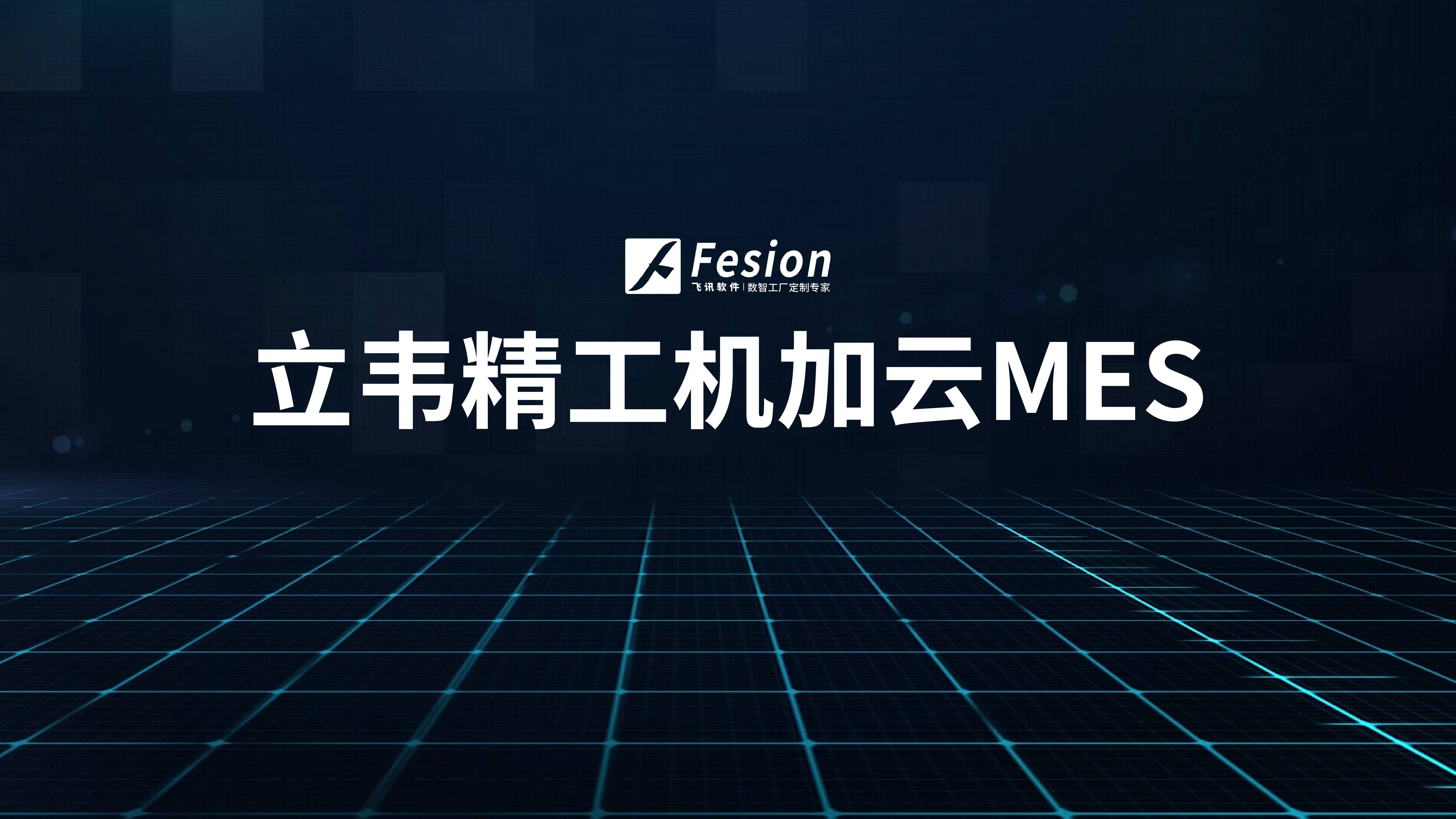
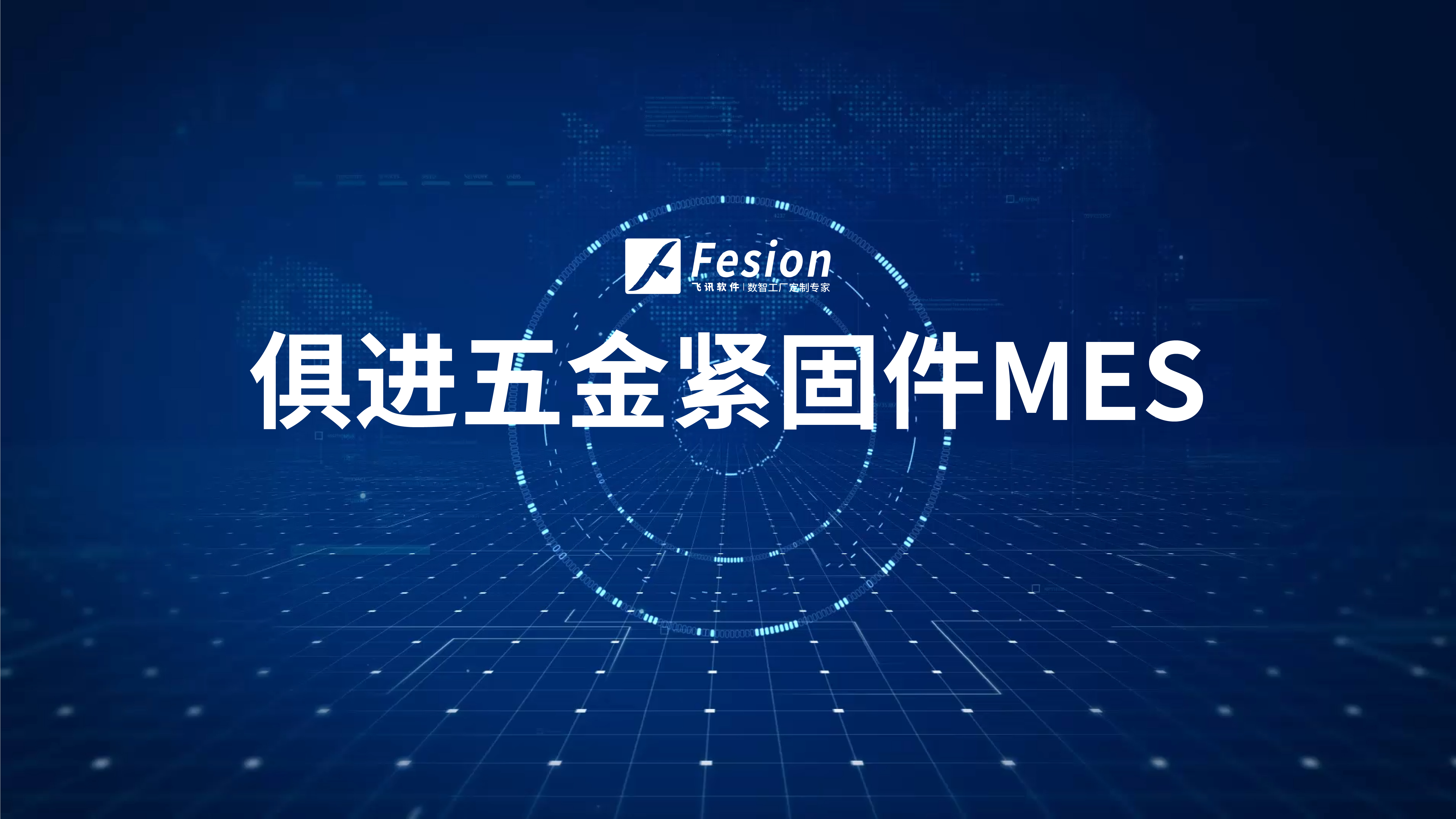
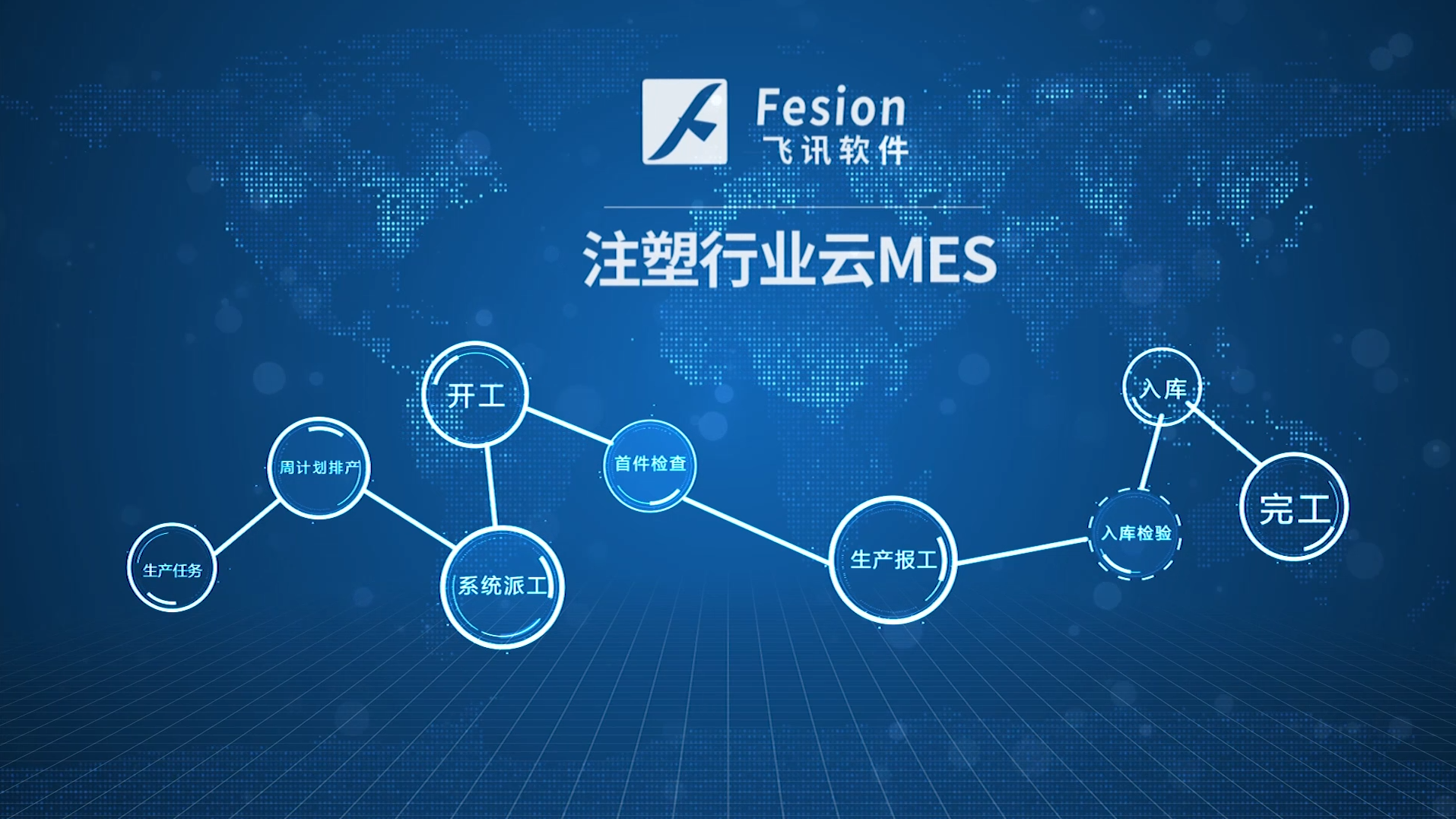









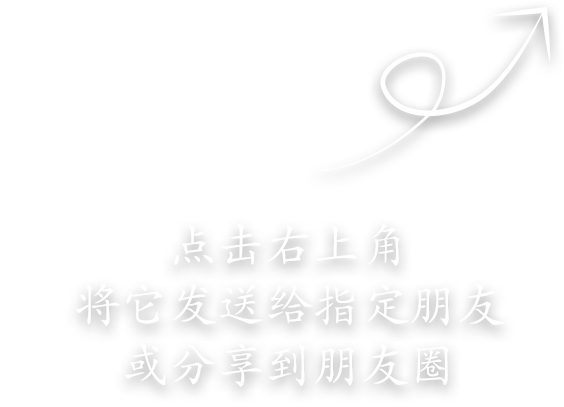
请先 登录后发表评论 ~